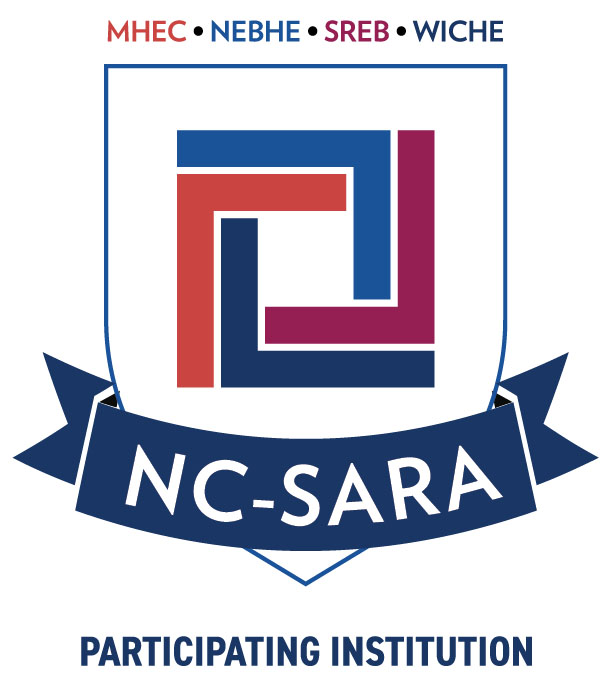Welcome to Online Education

Online education is a type of learning where the student and the instructor are not physically in the same room, but instead use the internet and a learning management system (LMS) to interact with course material. At Suffolk, the LMS used is D2L Brightspace.
Online learning works best for students who are organized, self-directed, strong in reading, writing, and in communicating through technology. Having access to a computer, printer, and reliable internet service is also necessary. You should have time and space where you can do your work uninterrupted. Lastly, you will need to dedicate 10 or more hours each week to an online course.
There are different modalities for online education. To see a description of each, please see Online Modalities.
Online Education Programs
Fully online programs provide opportunities for students to complete all course requirements without needing to attend any classes on campus. Course requirements and content for online degrees are equivalent to the College’s requirements for traditional campus-based (i.e., face-to-face) curricula.
Search for Online Programs
Online Modalities
Online classes can be taught in one of two ways: synchronously or asynchronously. This refers to the meeting times and whether you will interact with your instructor and classmates at the same time or at different times. For all modalities, students need to have a computer or laptop in order to be successful in an online course. The Pulse app used on a phone or tablet is not sufficient to fully participate in the online course.
SYNCHRONOUS: Instructor and students are online, interacting with each other at the same time. This method will require you to be online at a certain time each week.
ASYNCHRONOUS: Instructor and students are online, but there are no set meeting times when anyone must be online. While this method offers the most flexibility, there are still periodic deadlines for course assignments, and you and your classmates will be completing the course as a group. This is not a self-paced model. It requires a high level of self-discipline and inner motivation to stay on track and the ability to promptly reach out to the instructor when you need clarification. The instructor might offer real-time meetings such as office hours if necessary.
How do I find online modalities at the point of registration?
If you check the Class Schedule, and search “Instructional Methods,” you might see these terms. What do they mean? All of these have some online component. The biggest difference is in the degree of synchronicity for meeting times.
|
Modality |
Level of Synchronicity |
More information |
|
ONL: Online |
100% asynchronous online |
This is the most flexible model but requires a lot of self-direction. An instructor might offer online office hours or other ways of interacting with you and your classmates, but it is not required, |
|
RT ONL: Real time online |
100% synchronous online |
All class meetings are online in real time. No meetings are on campus. Cameras on for both faculty and students. |
|
COMB ONL: Combined online |
Half of the class meetings are synchronous and half are asynchronous. |
Some class meetings are online in real time. No meetings are on campus. |
|
Blended |
A mixture of in-person classes that meet on campus with the instructor and the rest of the course happens online - asynchronously. |
Some meetings are on campus. |
|
Sufflex |
Instructor and some students are meeting in-person on campus and some students are online. All classe happen synchronously—same time. |
Here is a list of rooms where these classes are typically scheduled. |
Questions?
Read more at Online Education FAQs.
Self-Assessment Tool
Take the Online Readiness Quiz to see if online education might be a good fit for you.
Need help with Brightspace?
Contact the SUNY Online
Help Desk
Submit a Ticket
or call 1-844-673-6786
Press option 1
Need online tutoring?
Contact the Academic Tutoring Centers
Suffolk County Community College participates in the State Authorization Reciprocity
Agreements.
